
Building a Connetti Monza Ferrari junior car
Story and photos courtesy of Gregg Kishline
**Fellow Wisconsin native Gregg Kishline builds scaled-down quarter midget race cars in his shop, but emailed us recently after completing something a little different. Inspired by a half-scale sports car from the 1950s, Gregg constructed this miniature sports car on a 50-inch wheelbase, which borrows heavily from the Ferrari Monza 750. Note, two different spellings were used in period, Connette and Connetti — Editor
The Ferrari Testa Rossa is familiar to most sports car fans, but it was a single step in the evolution of iconic 1950s Ferrari designs. The Testa Rossa was preceded by the Ferrari Monza, which only the die-hards typically recognize. The designs are very similar, and both were born in the fertile mind of Sergio Scaglietti, Enzo Ferrari's neighbor and designer of many famous Ferrari body designs. The inspired designs and bodywork for the Ferrari 166MM Spyder, 335S Spyder, Monza, Mondial 500 series, and the Testa Rossa models all came from the 'carrozzeria' (coachworks) of Sergio Scaglietti in Maranello, Italy.
All these names were unknown to me when a stunning half-scale sports car body arrived at my shop with a request to repair the fiberglass damage prior to its full restoration. It was reminiscent of the aftermarket Devin bodies of the ’50s, and the collector/owner informed me that his body was a Connetti Monza. The design was actually derived from a mid ’50s Ferrari body design — the stunning Monza 750 — arguably one of the most beautiful Ferraris ever built.
I build scaled open-wheel cars, quarter midgets, and restore full-size race cars and more, but this car and design were new to me. The internet quickly brought me up to speed on Ferrari in the ’50s, and Sergio Scaglietti specifically. Despite extensive research, I have been unable to find much about the Connetti operational history, or those responsible. Luigi Chinetti headed up American operations for Ferrari during this period, and with similar pronunciations, there may have been a connection with him, but that's pure speculation. The untold story remains.
My half-scale tribute car is a reproduction of the 1957 Connetti-built Monza, which was marketed in America briefly in the late 1950s. It was sold through ads placed in Car Craft, Motorbooks bookstore (in Los Angeles) and other similar car magazines. Sales were limited.
The body is accurate in all proportions, unlike most scaled reproductions, which usually incorporate one or more errors in proportion. It is a two-place, open-cockpit road racer built at just over 50 percent scale. Despite its small size, there were a number of big technical challenges in building the car.
I got serious about my project after completing repairs on the collector's body. I realized the inherent beauty of this pontoon-fendered design, and the slippery aerodynamics were reminiscent of Malcom Sayer's C- and D-Type Jaguar models, which preceded Scaglietti's work by 4 to 5 years. I obtained permission to make my own body using the repaired body as a male mold. I made the body in two halves, front and rear, and then joined them in the door areas. There are few, if any, reference points on a body consisting entirely of compound surfaces, and this made squaring of the two halves challenging, indeed.
The original Connetti body features a removable deck to access its single-cylinder engine. I chose to eliminate the lengthy rear-body seam and integrate the deck area, without any interruption. The Connetti also employs reverse scallops in the lower rear quarter panels, which I chose to omit, changing the rear quarter areas to external compound shapes.
After joining the halves, the rough outer surface was scrubbed smooth and given coats of filler and glaze to remove all flaws. The stripped, commercial (scaled) Connetti lacked several details of the full-size Ferrari Monza, and I chose to add several of Scaglietti's full-size features, including an instrument cluster (with faux gauges) behind the steering wheel, front fender brake vents, a hood scoop, cut-out headlights installed in the front fenders and an egg-crate grill and surrounding bezel. I also chose to lengthen the cockpit by 2 inches and build a full-width windscreen.
But of course a functioning car is more than just the body, and so I constructed a custom tubular chassis with a dropped cockpit floor for the car. A live motor plate for a period-correct Continental 6:1 engine was fitted, riding on bearings on the rear axle, and 6-inch Margay aluminum wheels are fit on all-four corners. A full-race Luther-Kong Continental racing conversion engine was located in western Canada and is included with the car. With the engine displayed on a portable rack, the car is much lighter for transport and showing. The chassis is powder-coated in black, and a single mechanical disk brake operates off the left pedal.
For the finishing touches, the body was sprayed in two-stage Ferrari red urethane, and I built a removable hard-shell tonneau cover for the passenger seat. There’s a removable one-piece, upholstered cockpit and floor insert and the seatback is hinged, to access the trunk/engine area. Upholstery is tan and the cast aluminum steering wheel is leather wrapped.
The car was slated and advertised for the RM Sotheby’s Spring Auburn auction, but I removed it when the event went online due to the pandemic. Next live auction, it'll go back on the block – tentatively Phoenix in January.
One Connetti was auctioned at RM Sotheby’s Phoenix 2017 auction for $35,650, in original livery and as advertised in Car Craft 60 plus years ago. Another Connetti Monza appeared in the collection of the Petersen Museum in Los Angeles. There may be other examples out there, but I'm unaware of them.
Win or lose come auction day, it’s been a rewarding and educational process constructing my Connetti Monza re-creation.

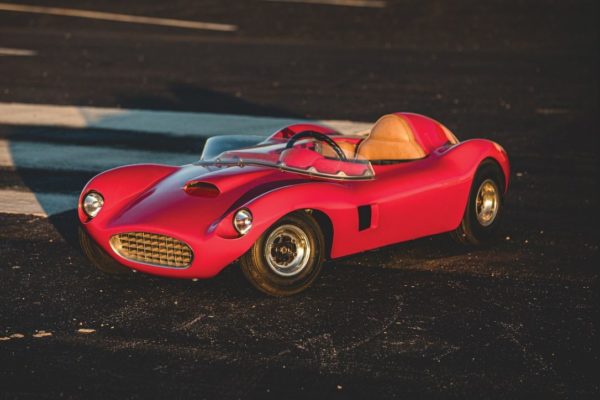
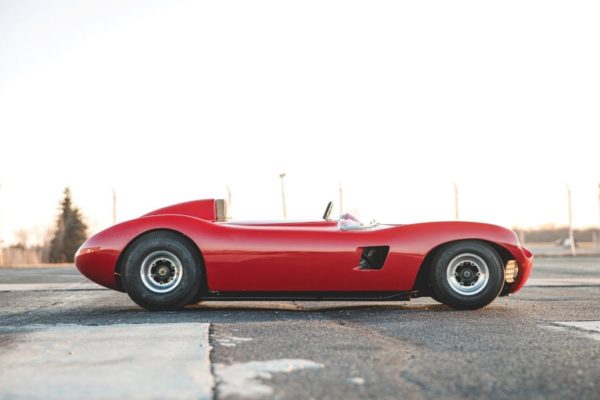
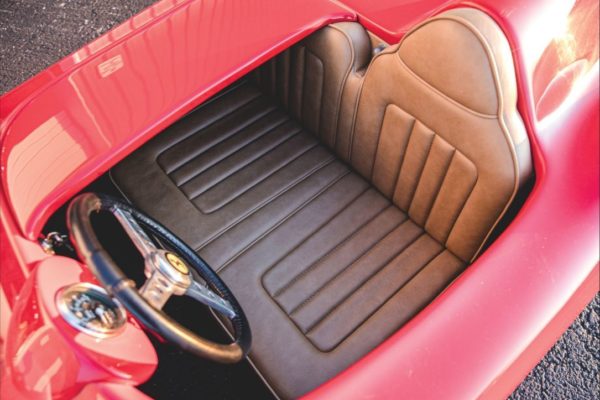
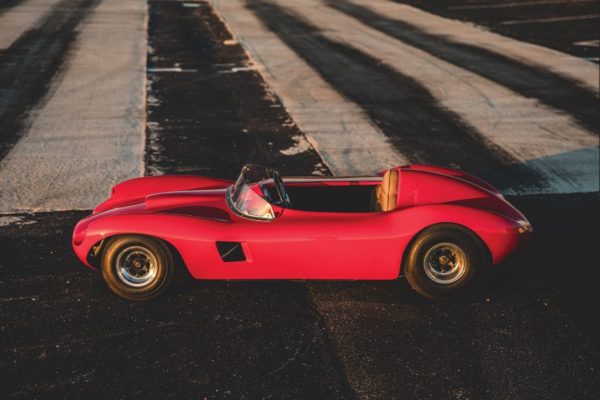
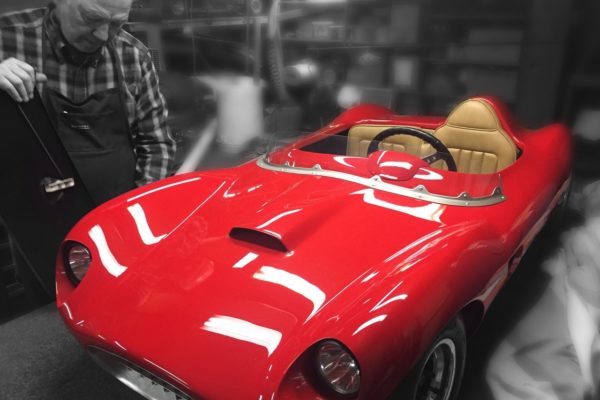
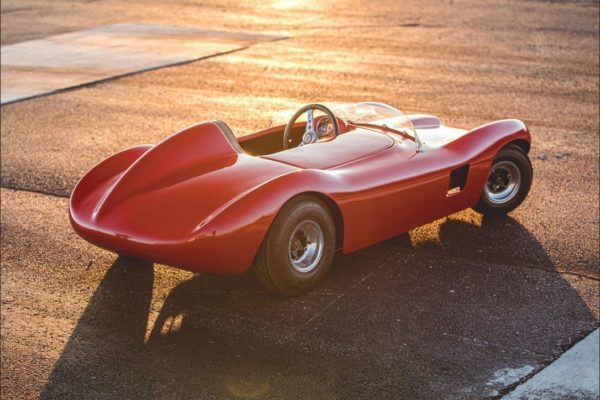
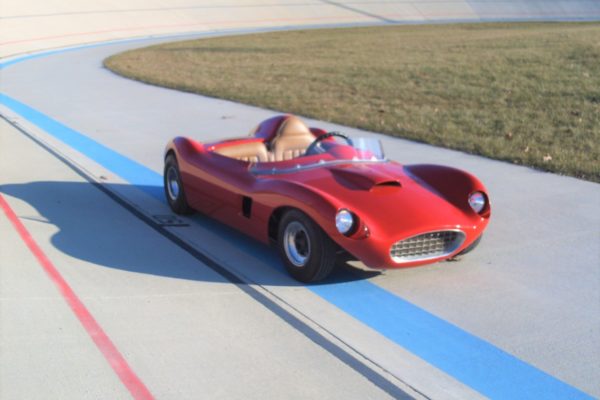
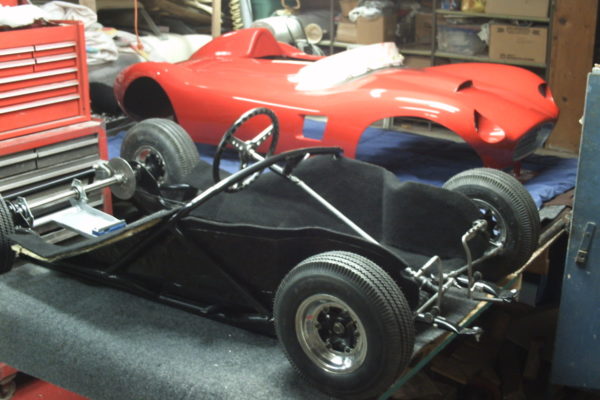
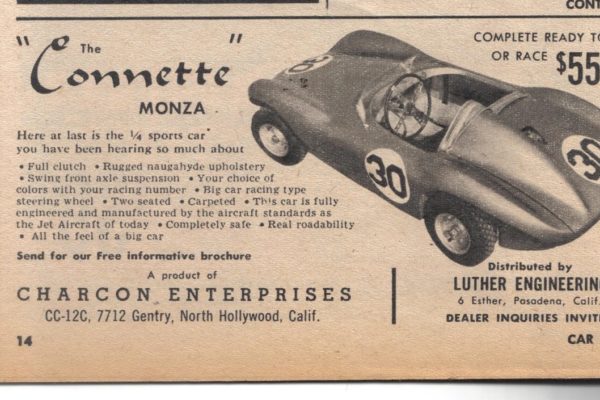
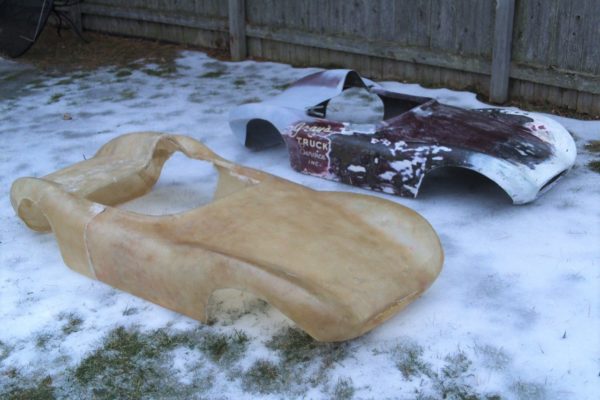
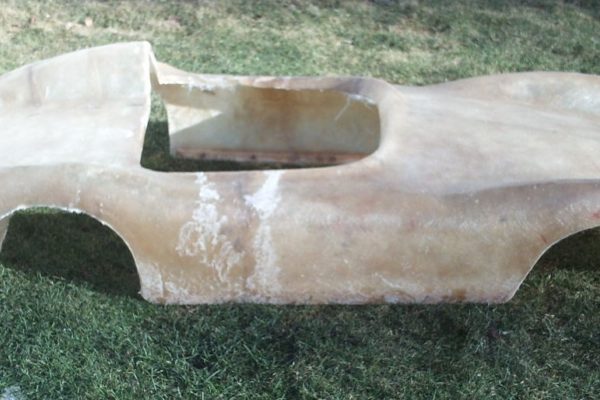
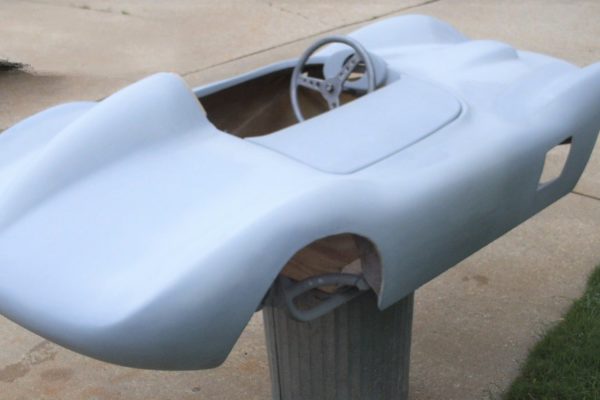
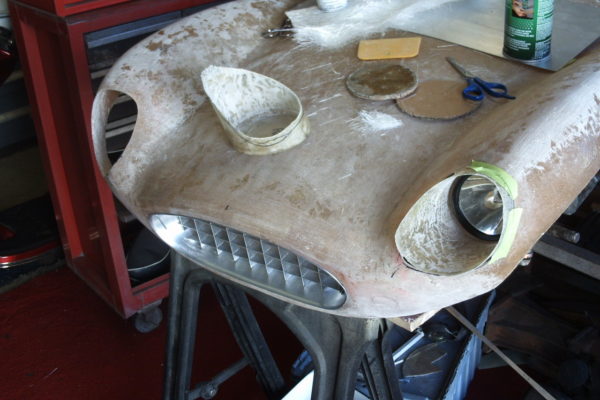
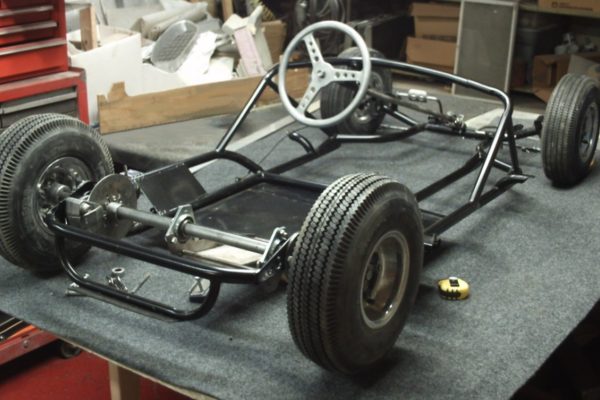
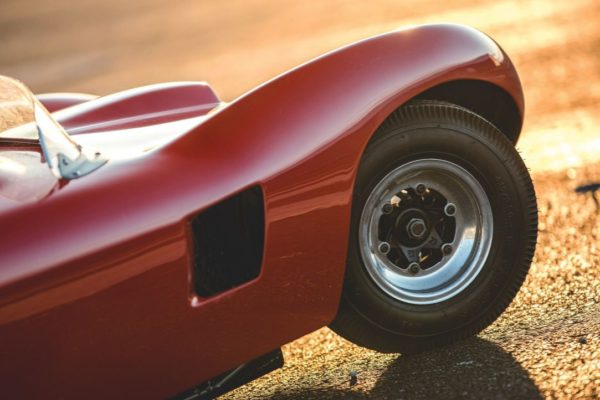
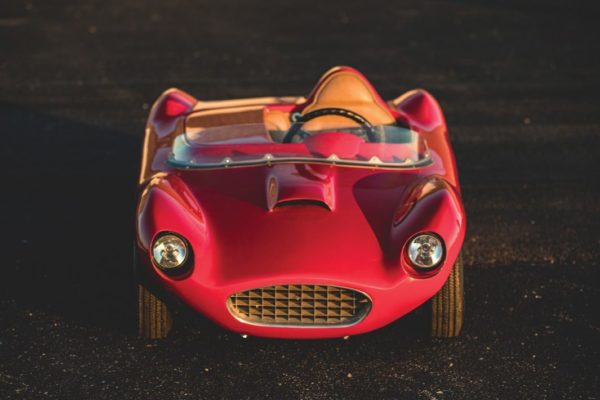
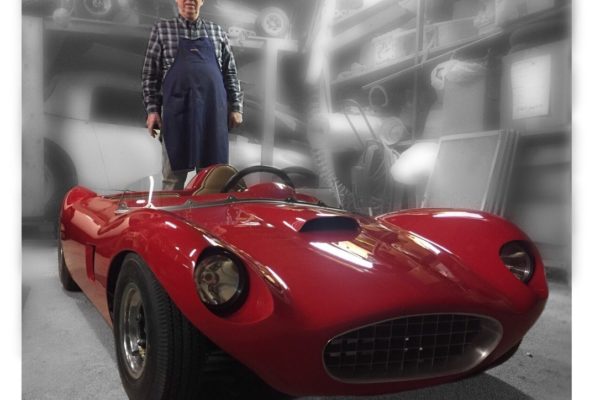
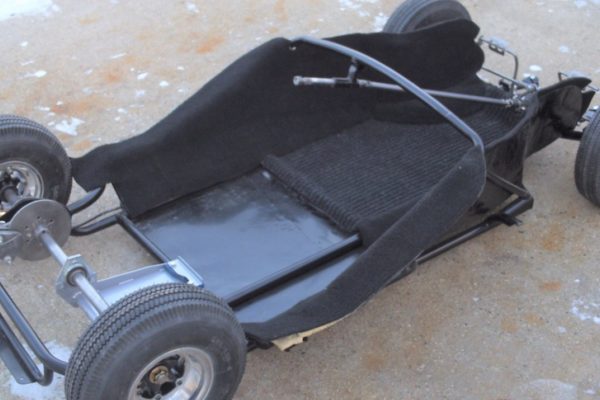
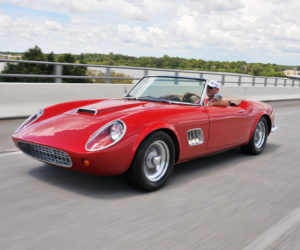

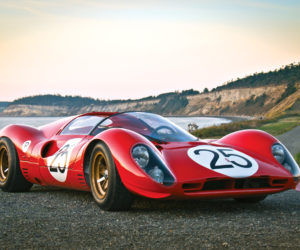
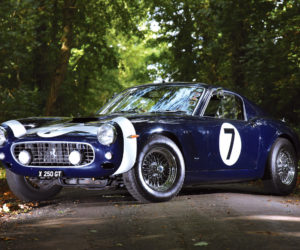
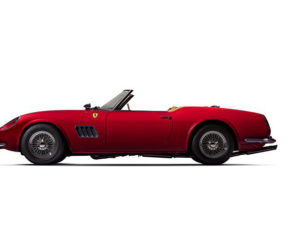
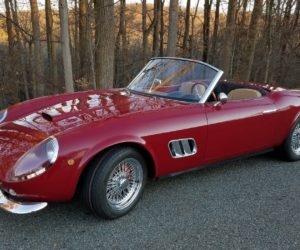




Comments for: Monza Miniature — Re-creating the Half-Scale Connetti Monza
comments powered by Disqus